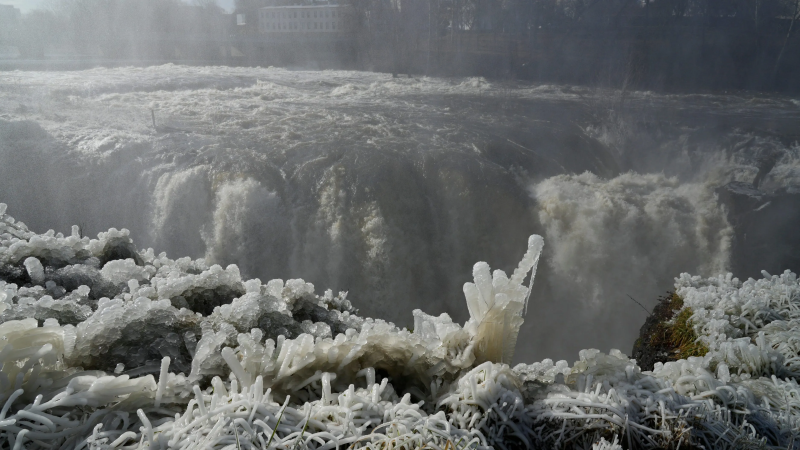Map shows where blue land crabs are moving, beyond native habitat in Florida, Texas
Georgia officials recently asked for the public's help in spotting non-native blue land crabs. But further down the coast in Florida, officials are accustomed to the spiny ocean crawlers.
That's because blue land crabs are native to Florida, Texas and Puerto Rico, according to the United States Geological Survey. They can also be found throughout the Caribbean, Central America, Northern South America and West Africa.
But the crabs appear to be moving north.
Data compiled by USGS show non-native occurrences in Georgia, South Carolina, North Carolina and further up the coast in Texas.
According to USGS, it is unclear if this movement is driven by humans or the crabs themselves, or if they are even breeding in their non-native homes.
Here is what we know about the blue land crabs' new homes from sightings compiled by USGS and how residents can help officials keep track.
Map: Where are the blue land crabs?
Blue land crabs are coastal creatures, typically staying within 5 miles of the coast, according to USGS.
How do you spot a blue land crab?
Blue land crabs look similar to fiddler crabs, with one claw larger than the other, according to the Georgia Department of Natural Resources’ Wildlife Resources Division (WRD).
They can be as large as five to six inches.
The creatures' colors range from white to gray to blue, depending on its sex and age.
Officials worry about the damage caused by the crabs' burrowing behavior. While scientists learn about how the species interacts with its new environment, several states are asking residents to report sightings.
- Georgia: Report sightings
- South Carolina: Report sightings
- North Carolina: Report sightings
Are blue land crabs edible?
Yes. Though catching them may be a different story.
According to the University of Florida Institute of Food and Agricultural Sciences, the crab has been overfished for culinary consumption in the Bahamas and Caribbean.
The crabs are also known to have carried salmonella.
The clickity crawlers are quick to get down in their burrows, and can use that larger claw to ward off predators (or chefs). As UF puts it, "they are capable of inflicting a memorable pinch."
Contributing: Cheryl McCloud

Disclaimer: The copyright of this article belongs to the original author. Reposting this article is solely for the purpose of information dissemination and does not constitute any investment advice. If there is any infringement, please contact us immediately. We will make corrections or deletions as necessary. Thank you.





